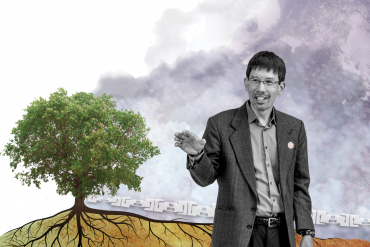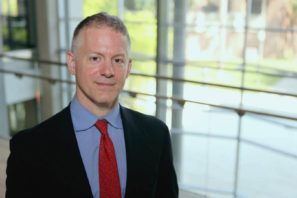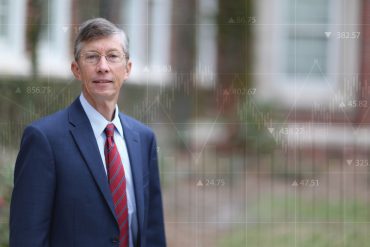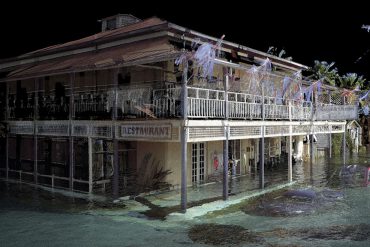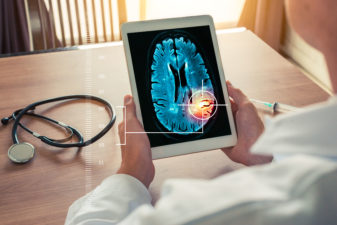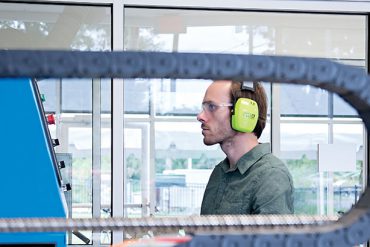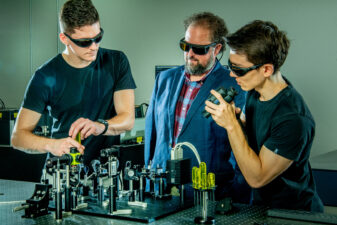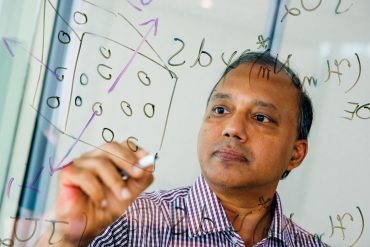MIST Center focuses on hardware that enables the IoT
R. Perry Frankland Associate Professor of Management and two co-authors won first place at the U Penn Wharton People Analytics Conference.
Jay Ritter has spent his career tracking the emergence of new public companies
An updated training reactor offers new opportunities in nuclear engineering
UF researcher uses laser scanning to document coastal communities' heritage
High-impact research is in full swing on the University of Florida’s powerful supercomputer, with faculty and students from across the...
Not every microscope is created equal. The trick is finding the right one, and sometimes that means starting from scratch. ...
Fab Lab technology allows makers of all sorts to turn their visions into reality
A visibly nervous man is stopped at a border crossing in eastern Europe. Authorities find a glass tube filled with...
Harnessing the power of predictive science
The Sid Martin Biotechnology Incubator celebrates two decades of nurturing young companies
Not so long ago, a scientist might say she could never have too much data. Even today, in a world drowning in data, it is better to be data-rich than data-poor.

